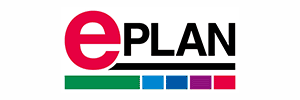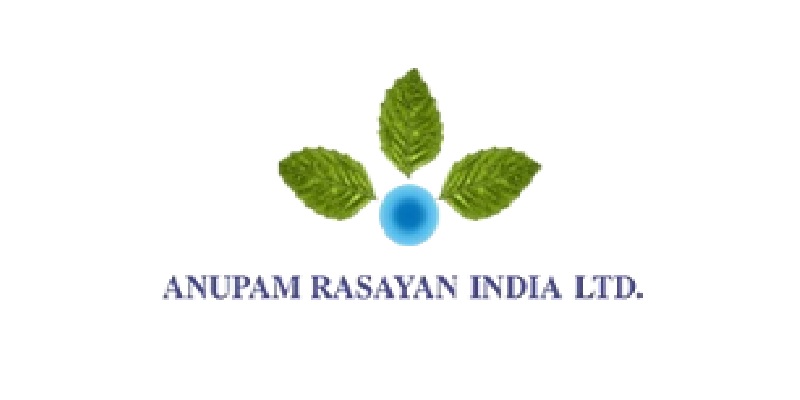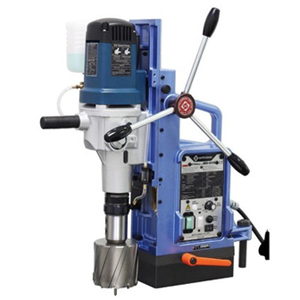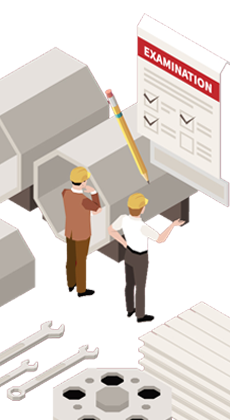Schedule a Call Back
Cost Savings Through Optimising Pump Performance
 Articles
Articles- Oct 31,25

- Pump type
- Location
- Industrial segment
- Pump application
- Percentage of time the pump was running in preferred, allowable, limited and restricted operating regions (POR, AOR, LOR and ROR)
- Percentage of the time the pump was stopped
Related Stories
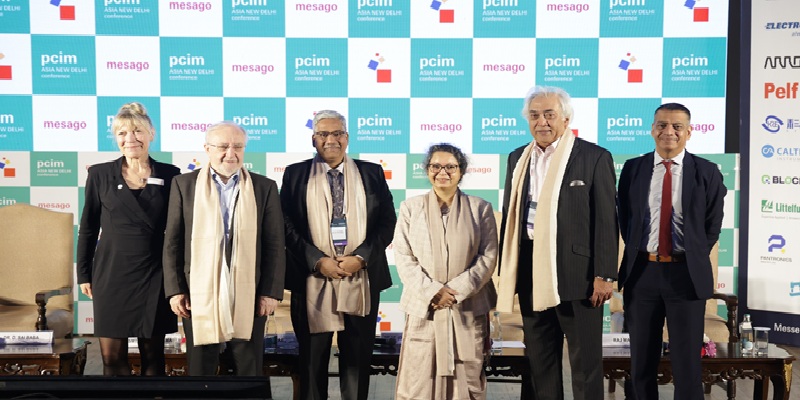
India Hosts First PCIM Asia New Delhi Conference to Advance Power Electronics
The inaugural PCIM Asia New Delhi Conference opened to unite global experts to drive India’s next stage of innovation in power electronics.
Read more
Cost Savings Through Optimising Pump Performance
Optimisation of pump operations, a piece of equipment that is widely installed across industries, offers significant opportunity for cost savings. In this article, Sulzer reveals how optimising pump..
Read more
Schmalz launches FA-X and FA-M vacuum grippers for flexible, efficient automation
Schmalz unveils its new FA-X and FA-M vacuum area gripping systems, designed for flexibility, energy efficiency, and intelligent automation. Ideal for logistics, packaging, and wood processing indus..
Read moreRelated Products
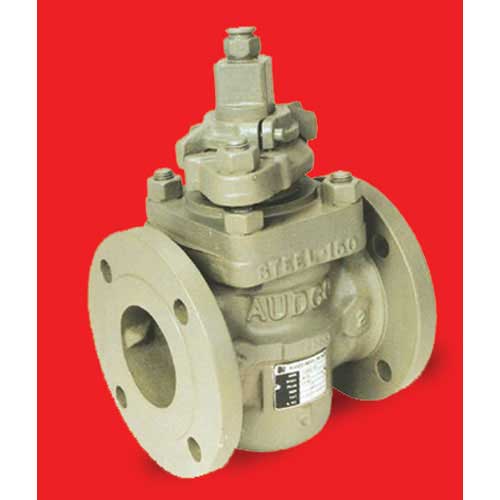
Cast Iron Plug Valve
Unitek Valves engages as a trader, wholesaler and
supplier of cast iron plug valves.
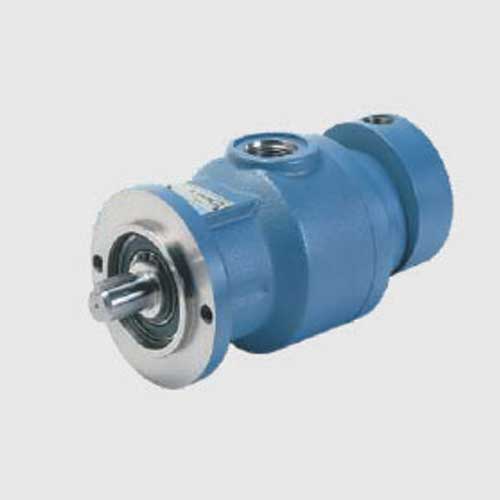
Pf Series Fixed Pump
HTM Hydraulics Pvt Ltd offers a wide range of PF Series
fixed pump.
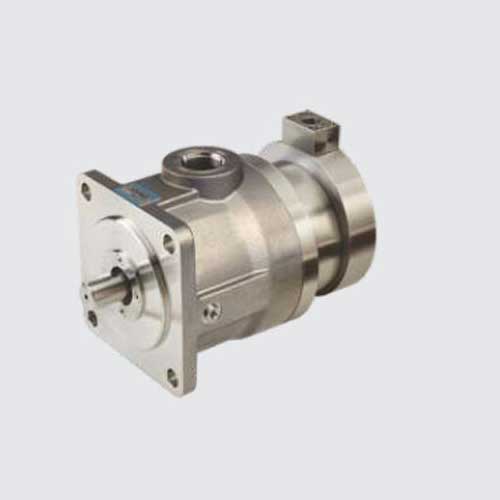
PF Series Water Bases Fluid Pump
HTM Hydraulics Pvt Ltd offers a wide range of PF series water bases fluid pump.




